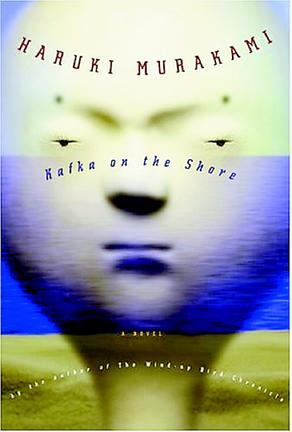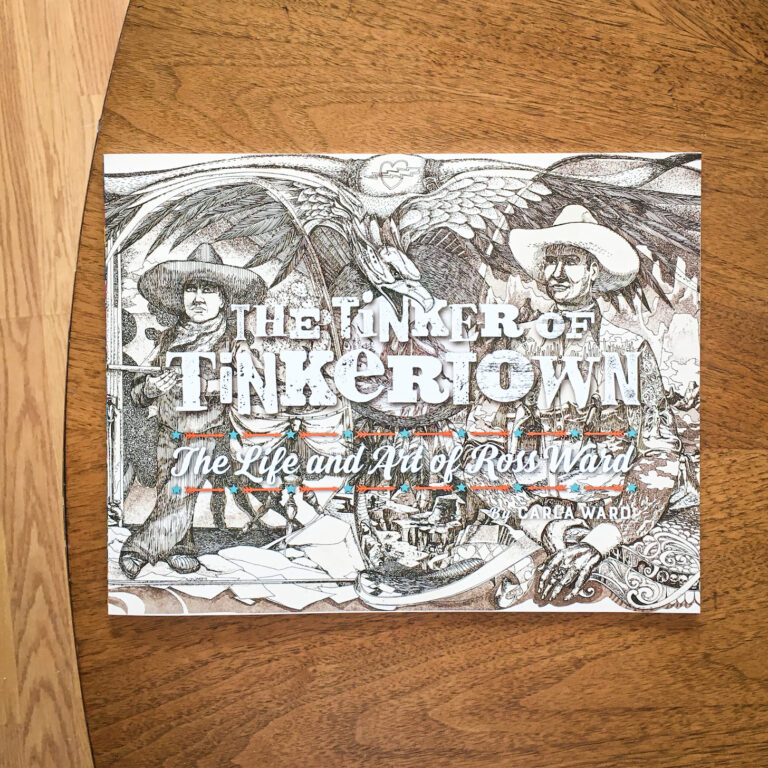Over the past decade, Murakami has coaxed a growing number of readers through the wormhole of his prose into the neon-lit interiors of his mind. Since 1994, there have been two story collections, a love story, a reissue of his cult classic Norwegian Wood, a documentary work of nonfiction about the gas attacks on the Tokyo underground, and one tremendous novel, The Wind-up Bird Chronicle, Japan’s equivalent of Don Delillo's Underworld.
Unlike the Bronx-born Delillo, Murakami's world-view is that of an existentialist addicted to play. Or as he said in a recent interview, “There are no answers in my world, but there is kindness.” His characters are often caught up in events larger than themselves—earthquakes, terrorist attacks. Although some of them hallucinate their way into a kind of protective remove, like the narrator of his story “Super-frog Saves Tokyo,” other times it is indeed kindness that redeems them from the abyss of their own melancholy, as in the cotton-candy sweet, Sputnik Sweetheart.
Kafka on the Shore is Murakami's biggest novel in a decade and almost the most fun to read. Originally published in Japan in 2002, several years after the devastating Kobe earthquake, it feels like a return to Murakami's most whimsical métier.
The plot here takes the shape of a teetering double helix. Half of the action follows the life of Kafka Tamura, a 15-year-old who has renamed himself before going on the run from his sculptor father, who murders cats and uses their souls to make flutes. Kafka has another reason for leaving: He is not too keen about a prophecy that says he will kill his dad (and sleep with his mother and his sister).
And so, like Oedipus before him, Kafka leaves town, taking a bus out of Tokyo, a boat to an island and his feet to the Komura library, where he encounters a beautiful woman who becomes both his actual (and fantasy) lover. Kafka is also mentored by an effete young librarian named Oshima, who ferries him to a cabin far off in a forest that has mysterious qualities.
The second strand begins as a top secret U.S. government document describing how wartime evacuees looking for food in the Shikoku Mountains after World War II saw what appeared to be a UFO. And then they lost consciousness. All of the victims turned out fine, minus a boy named Nakata, who languished in a coma for several weeks. He then woke up, said the words “not very bright,” and discovered he could talk to cats.
Fast forward a half century and Nakata is convinced by Kafka's father into killing him (with Kafka's father posing as Jack Daniels). This has repercussions for Kafka, who believes he will be blamed for his father's murder. His retreat into the mountains becomes a retreat into a semi-real netherworld, someplace on the shore of what is real and what is imaginary. Nakata meanwhile follows a desire to move westward, which takes him to Shikoku, where the novel's two narratives become one.
A one-time jazz club owner with a love of music as pronounced as Nick Hornby's, Murakami is clearly a fan of improvisation. Kafka on the Shore can be read like one long middle-of-the-night trumpet solo that noodles as far out onto the branch of believability as sound can go. And then, by keeping us distracted, it makes the branch disappear.
Although there is more to Kafka on the Shore than this sleight of hand, Murakami is smart to place this disappearing act front and center.
After all, this is a story about the fuzzy boundary between what happens in our minds and what happens in the real world—and how easily one can pass between the two. Or perhaps this is only true in the works of Haruki Murakami. If so, I can understand why people keep coming back to them.









